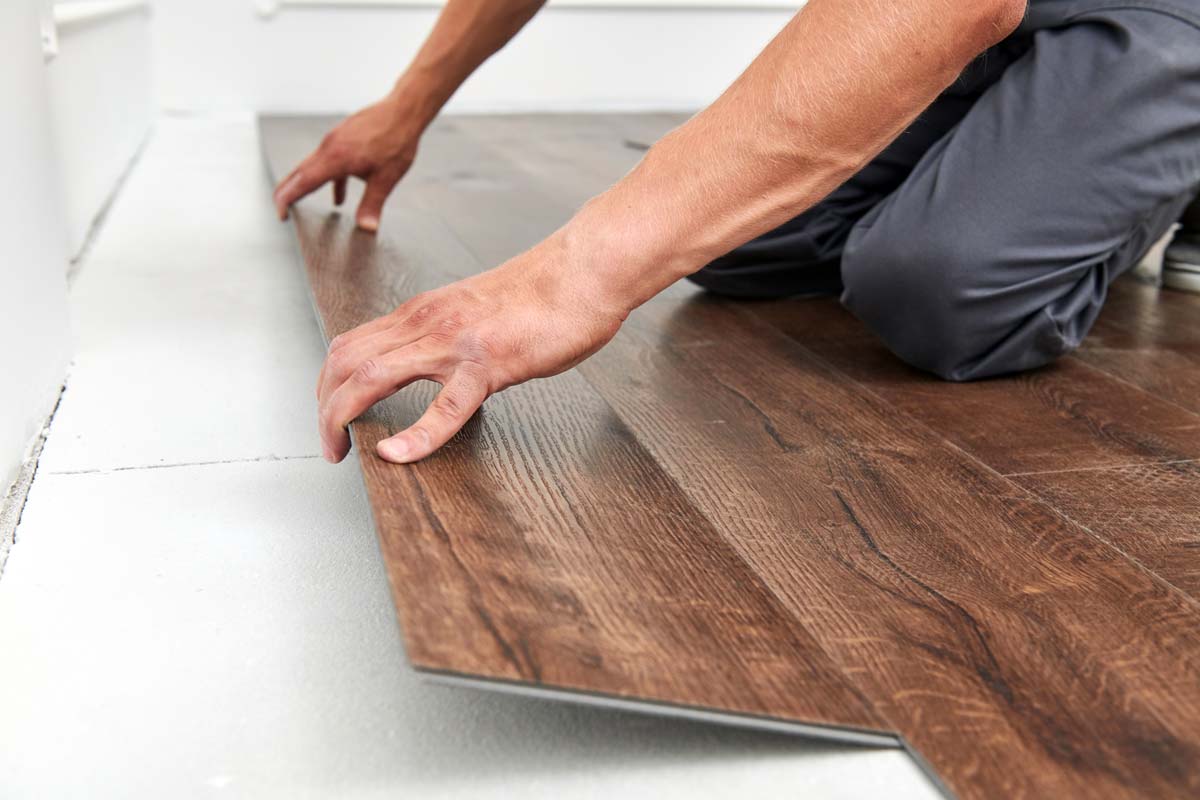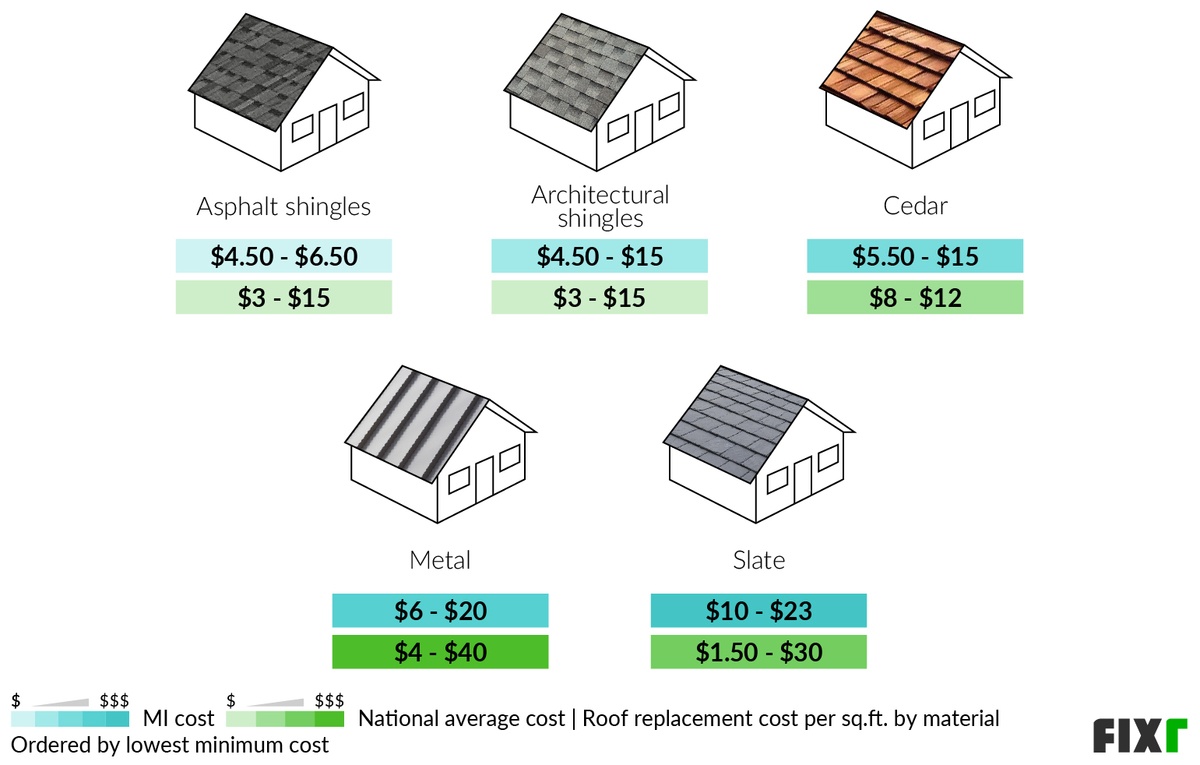Planning a renovation, particularly a flooring update, can be both exciting and daunting. Vinyl flooring, with its durability, water resistance, and wide variety of styles, is a popular choice for homeowners. But with so many factors impacting the final cost, you might be wondering, “How much will this project actually set me back?” In this comprehensive guide, we’ll break down the average cost per square foot to install vinyl flooring, explore the factors influencing those costs, and provide valuable tips for managing your budget.

Image: sandrfloors.com
Knowing the average cost per square foot to install vinyl flooring can help you plan your budget effectively, prioritize your project timeline, and make informed decisions about materials and labor. Whether you’re considering luxury vinyl plank, sheet vinyl, or a more budget-friendly option, understanding the cost dynamics involved is crucial. So, let’s dive into the specifics and unlock the secrets of a successful vinyl flooring installation.
Understanding the Factors That Influence Vinyl Flooring Costs
The cost per square foot for vinyl flooring installation is not a fixed value. It fluctuates based on a number of factors, making it challenging to pinpoint an exact price range. However, by understanding these key influencing factors, you can gain a realistic picture of the total project expense.
1. Type of Vinyl Flooring
Vinyl flooring comes in a broad array of styles and qualities, each with its own price tag. Let’s break down the most common types:
- Sheet Vinyl: Sheet vinyl, available in large rolls, is typically the most budget-friendly option. It’s known for its ease of installation and durability, making it a versatile choice for various areas.
- Luxury Vinyl Tile (LVT): LVT offers a more realistic wood or stone look and feel than standard vinyl. Its greater durability and water resistance come at a premium cost.
- Luxury Vinyl Plank (LVP): LVP, similar to LVT, provides a more authentic wood appearance with realistic grooves and textures. It’s often chosen for its durability and scratch resistance, but it generally costs more than sheet vinyl.
2. Flooring Thickness and Durability
Vinyl flooring thickness plays a significant role in its durability and cost. Thicker vinyl tends to be more resilient, better at concealing imperfections in the subfloor, and offers a more luxurious feel underfoot. However, these benefits come with a higher price tag.

Image: www.fixr.com
3. Subfloor Preparation
Before installing vinyl flooring, your subfloor must be in good shape. This may require preparation like leveling, patching, or replacing damaged sections. The extent of subfloor preparation can dramatically affect the overall cost, especially if extensive repairs are needed.
4. Installation Method
The installation method you choose can impact the cost per square foot. Here are the primary options:
- Glue Down: Glue-down installation provides a permanent, robust bond between the vinyl flooring and the subfloor, minimizing movement and offering durability. This method requires skilled labor and is usually more expensive than other options.
- Click-Lock: Click-lock installation allows for easy assembly and disassembly. It’s a popular choice for DIY projects due to its user-friendliness. However, click-lock installations may not be as stable as glued-down options.
- Floating: Floating installation involves laying the vinyl flooring directly over the existing subfloor. This is typically the most affordable installation option, as it avoids the need for adhesives. It’s important to choose a high-quality underlayment for optimal results.
5. Labor Costs
Labor costs vary significantly across regions and based on the installer’s experience. A skilled and experienced installer will likely command a higher hourly rate. It’s wise to get multiple quotes from reputable installers before embarking on your vinyl flooring project.
6. Additional Materials
Beyond the vinyl flooring itself, various ancillary materials contribute to the project’s total cost. These include:
- Underlayment: Underlayment helps cushion the flooring, reduce noise, and insulate against temperature fluctuations. The type and thickness of underlayment impact its cost.
- Molding and Trim: Transition moldings, quarter-round moldings, and baseboards create a polished finish and help bridge the gap between the flooring and walls. These decorative elements add to the overall cost.
- Adhesives: If you opt for a glue-down installation, the type and amount of adhesive needed will influence the price.
- Tools: If you’re handling the installation yourself, you’ll need to factor in the cost of tools, such as a utility knife, measuring tape, and a cutting mat.
Average Cost Per Square Foot to Install Vinyl Flooring
With all these factors in mind, let’s provide a general overview of the average cost per square foot to install vinyl flooring.
Sheet Vinyl: $2-$5 per square foot (including labor)
Luxury Vinyl Tile (LVT): $4-$8 per square foot (including labor)
Luxury Vinyl Plank (LVP): $5-$10 per square foot (including labor)
It’s important to note that these are only rough estimates. Actual costs can vary considerably based on the specific factors we’ve discussed.
Tips for Saving Money on Vinyl Flooring Installation
While vinyl flooring offers exceptional value for money, it’s still wise to minimize costs wherever possible. Here are some strategies to save money on your project:
- Choose Affordable Vinyl Flooring Options: Sheet vinyl is a budget-friendly alternative to LVT or LVP. Consider selecting a standard vinyl flooring with a simple design rather than opting for intricate patterns.
- Minimize Subfloor Preparation: If your subfloor is in good condition, you might save on installation costs by avoiding extensive subfloor preparation.
- Consider DIY Installation: If you’re handy, installing vinyl flooring yourself could save you significant labor costs. However, it’s crucial to assess your skills and capabilities before embarking on a DIY project.
- Shop Around for Prices: Get multiple quotes from reputable flooring installers to compare pricing and find the best deal. Don’t hesitate to negotiate prices.
- Purchase During Sales: Check for sales, clearance events, or manufacturer discounts to snag bargains on vinyl flooring materials.
Average Cost Per Sq Ft To Install Vinyl Flooring
Conclusion: Making Informed Decisions for Your Home
Understanding the average cost per square foot to install vinyl flooring empowers you to plan your project effectively and make informed decisions about your budget and material choices. By considering the various factors influencing the cost, from the type of vinyl flooring and installation method to labor rates and additional materials, you can create a realistic budget and avoid unexpected expenses. We hope this guide has equipped you with the knowledge you need to confidently embark on your vinyl flooring project, transforming your home into a stylish and functional space.
Remember: This guide provides a general overview of average costs. For accurate pricing, consult with qualified flooring professionals in your area. You can also gather inspiration and ideas by visiting local flooring retailers and researching online resources.





